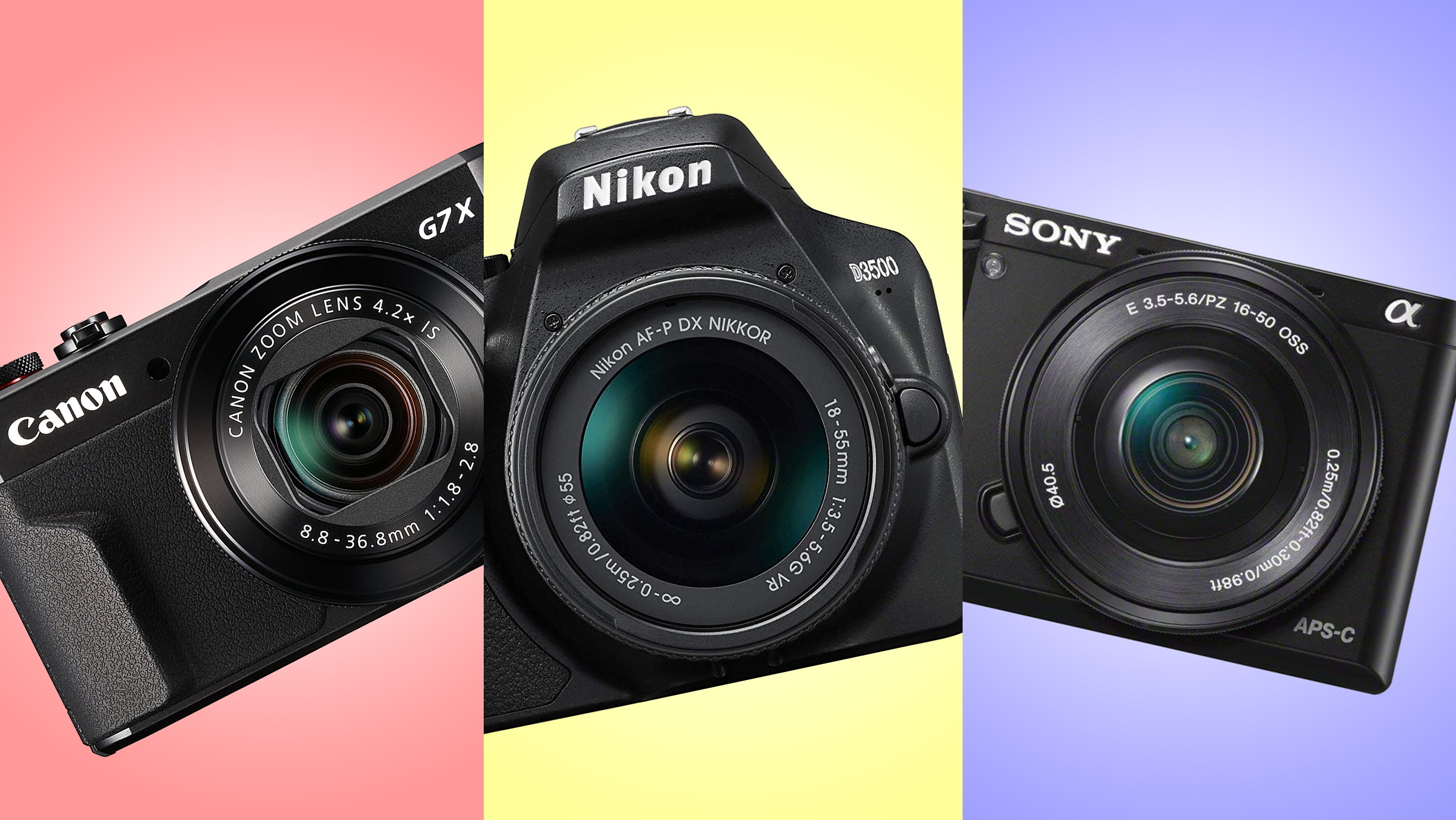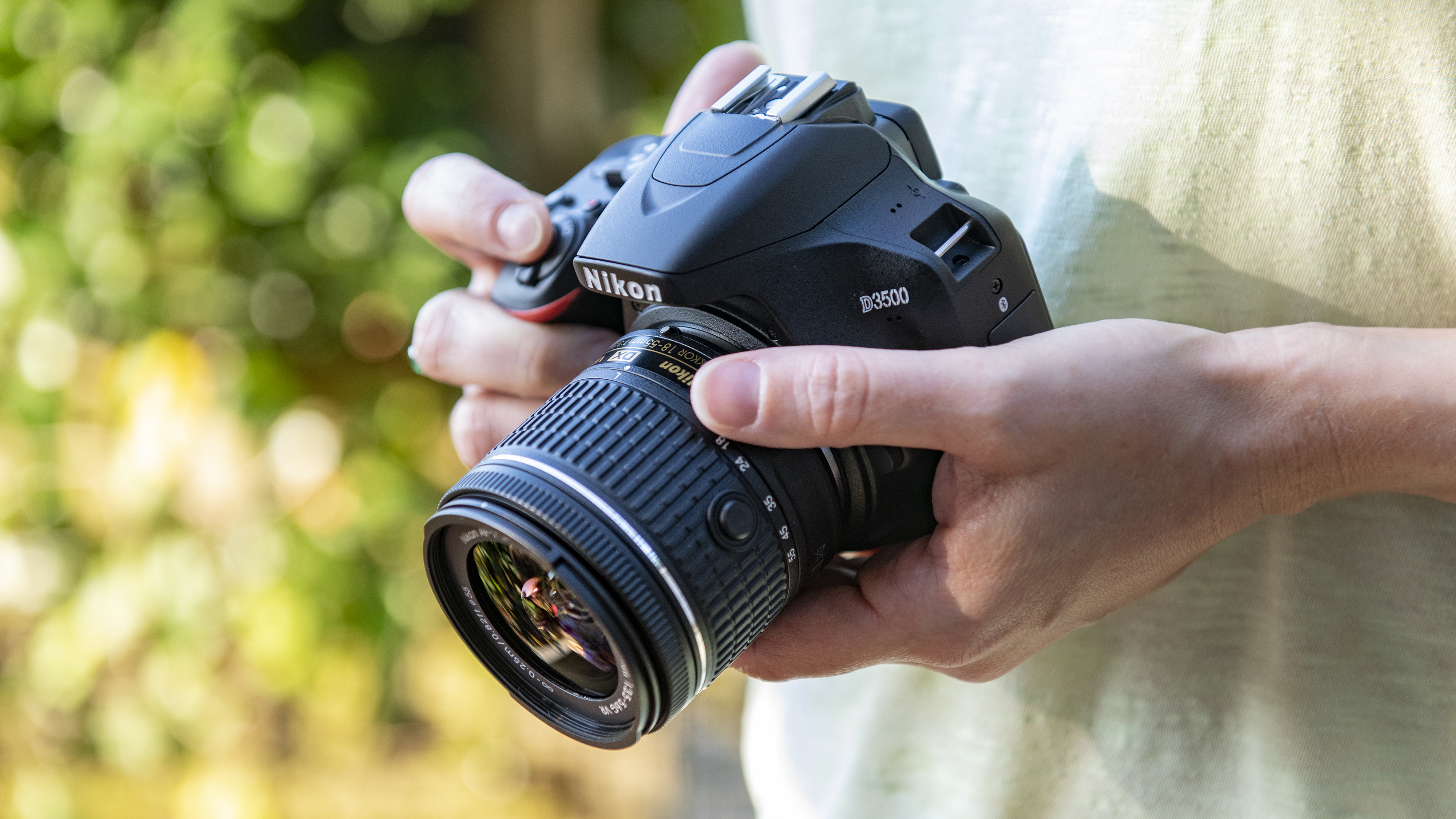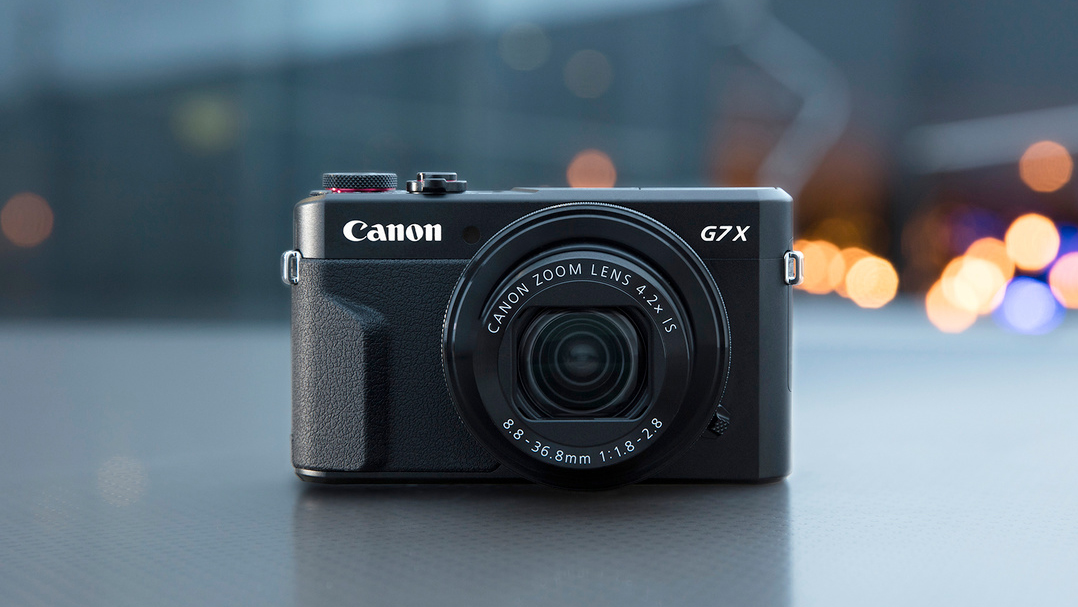
If you're wanting to get into photography, or you know someone who wants push their creativity further, choosing that first camera to start on that photographic journey can seem a bit of a minefield.
Don't worry though, as this is where we step in. We've picked out what we think are the best three cameras for beginners you can buy right now. We haven't plumped for one type of camera either, selecting a DSLR, mirrorless and compact option.
Naturally, ease of use is a big factor when considering your first 'serious' camera, so this has been one of our main considerations, but we've also factored in handling, performance and image quality, not forgetting value for money.
If you've already been bitten by the photography bug, we'd point you in the direction of a DSLR or mirrorless camera, as these both allow you to swap lenses depending on the subject you want to photograph and look you want to achieve. Not sure what the differences are between a DSLR and mirrorless camera? Use our helpful guide that looks at the 10 key differences between these two types of camera.
Alternatively, if you want to progress from your smartphone, but are still a bit nervous or unsure that you want a DSLR or mirrorless camera, we've given you the choice of a great compact camera that comes with a range of advanced features.
If these choices aren't quite right for you, then you'll find links at the bottom to our dedicated DSLR, mirrorless and compact camera buying guides, as well as our pick of the best cheap cameras.


Best DSLR for beginners: Nikon D3500
Specifications
Reasons to buy
Reasons to avoid
Nikon's latest entry-level DSLR might not be dripping with features, but this is still our pick of beginner DSLRs. Replacing the D3400, the newer model benefits from a comfier and larger handgrip, while the handling has been improved with a revised control layout. Combined with Nikon's clever Guide mode, that gives real-time explanations of key shooting features, it's a very easy camera to pick-up and start shooting with. The absence of a touchscreen and 4K video is a shame, but the new 24.2MP sensor delivers excellent levels of detail that rivals cameras costing three times as much. If you're looking to get more creative with your photography, and looking for your first DSLR, the Nikon D3500 is hard to beat.
Sign up for breaking news, reviews, opinion, top tech deals, and more.
- Read our in-depth Nikon D3500 review


Best mirrorless camera for beginners: Sony Alpha A6000
Specifications
Reasons to buy
Reasons to avoid
Don’t let the price fool you. The Alpha A6000 costs the same as other DSLR and mirrorless cameras aimed at beginners, but it’s an advanced and powerful camera that has only dropped to this price through being on the market since 2014. So it may be old, but most of the specification still looks pretty fresh today. This includes a 24.3MP sensor, a fast hybrid 179-point autofocus system that's pretty advanced for a camera at this price, while the continuous shooting at 11 frames per second (fps) matches that of much more advanced models. Downsides? It only shoots 1080p Full HD video and not 4K, and the screen isn’t touch sensitive. The menu system can seem a little complex at first, so while there are a lot of features on tap, it can be a bit tricky at first to make the most of them.
- Read our in-depth Sony Alpha A6000 review


Best compact camera for beginners: Canon PowerShot G7 X Mark II
Specifications
Reasons to buy
Reasons to avoid
Don't want the bulk of a DSLR or mirrorless camera, but still want something that's capable of taking great photos? Canon's PowerShot G7 X Mark II is a pocket-sized compact with an impressive set of features that should fit the bill. First things first though, the 1-inch, 20.1MP sensor won't produce images to rival our two other camera choices here as its physically smaller, but it's still able to deliver some impressive results (and streets a head of your smartphone too). With a 24-100mm zoom lens, it also features a fast variable maximum aperture of f/1.8-2.8 that helps in low-light, while there's a great touchscreen and plenty of manual control (and auto modes as well). A great compact solution that doesn't have quite the same flexibility as the other two cameras here (not forgetting the options to add additional lenses to your kit), but a neat all-in-one solution nonetheless.
- Read our in-depth Canon PowerShot G7 X Mark II review

- Best DSLR for beginners: 10 cheap DSLRs perfect for new users
- Best mirrorless camera for beginners: 10 budget options for new users
- Best compact camera: 10 top compact cameras to suit all abilities
- Best cheap camera: 12 budget cameras to suit all abilities
- Best Christmas gifts for photographers

Phil Hall is an experienced writer and editor having worked on some of the largest photography magazines in the UK, and now edit the photography channel of TechRadar, the UK's biggest tech website and one of the largest in the world. He has also worked on numerous commercial projects, including working with manufacturers like Nikon and Fujifilm on bespoke printed and online camera guides, as well as writing technique blogs and copy for the John Lewis Technology guide.